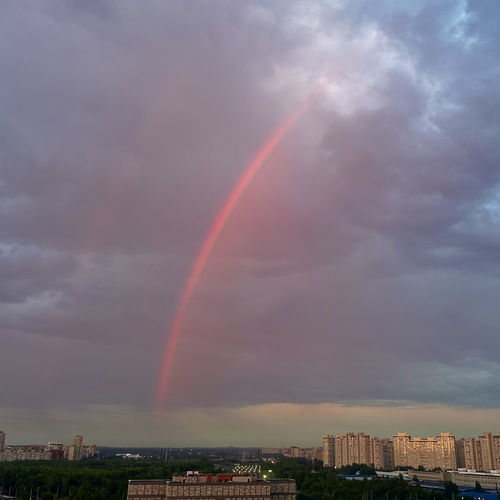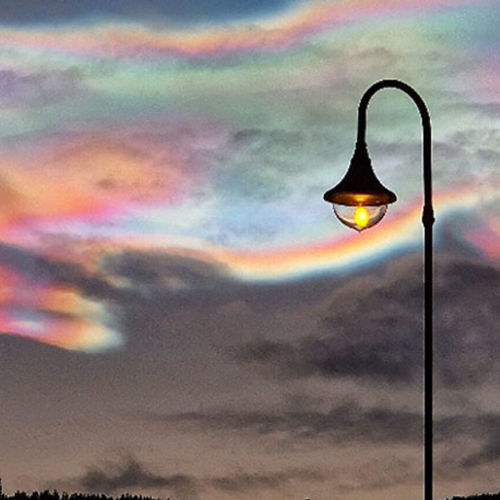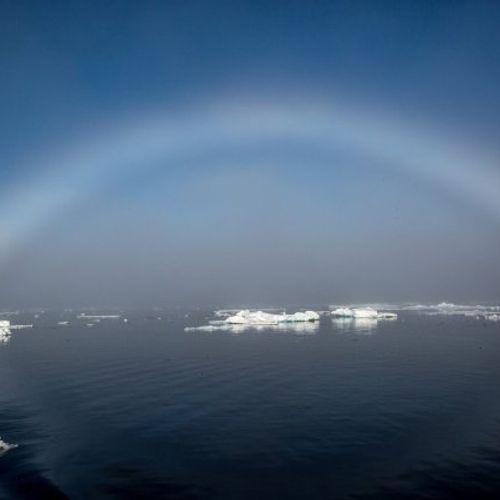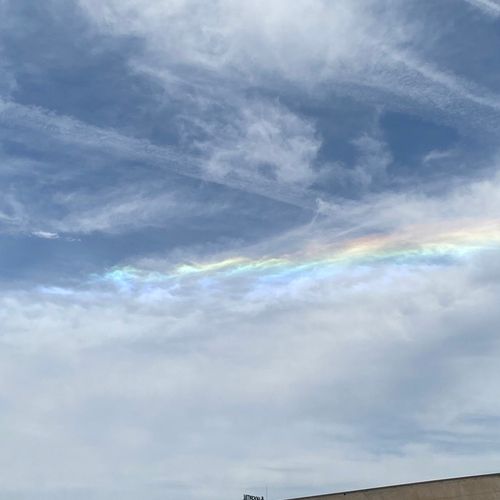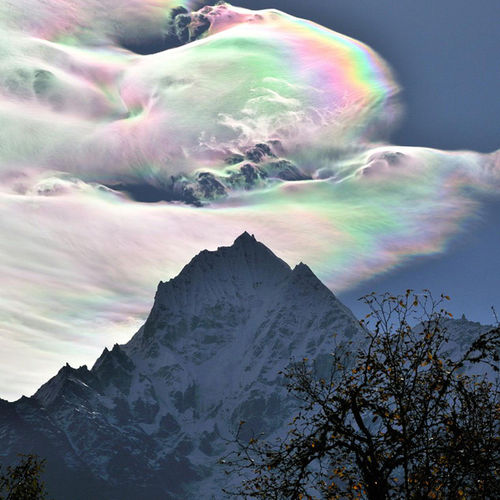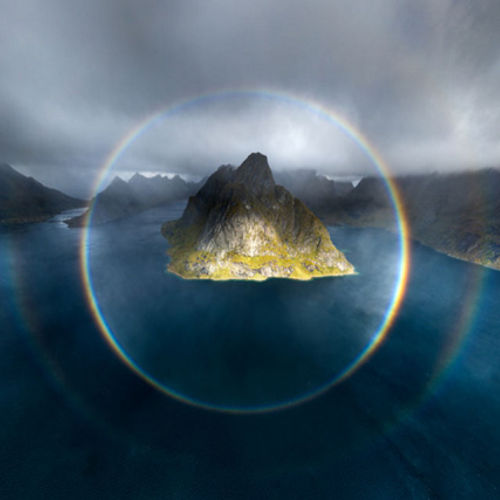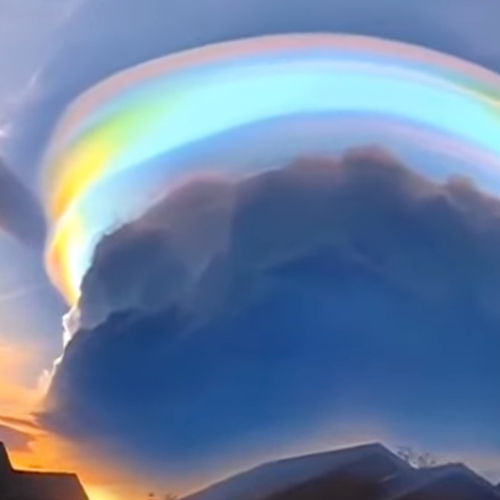
| Added | Sat, 30/06/2018 |
| Источники | |
| Дата публикации | Fri, 29/06/2018
|
| Версии |
Rainbow studied for hundreds of years, Dating from the seventeenth century, when Isaac Newton first explained this colorful celestial phenomenon. But there is one variant, which is still not entirely understood by scientists, is a double rainbow. Ian Curtis captured a rare instance of 21 June from the American city of Cheyenne, Wyoming.
"This rare double rainbow was probably the brightest rainbow I've ever seen. She appeared on the background of a severe thunderstorm, which, fortunately, was within a few miles of my district," said Curtis.
"In all the years there were several double rainbows, mainly during heavy rains, but to date, no coherent explanation. Perhaps they are formed from a mixture of water droplets and ice balls," says atmospheric optics expert Les Cowley. Indeed, Curtis mentioned the city during his observations.
"More likely one or both arcs produce non-spherical raindrops. Surface tension forces keep small raindrops are spherical but as they fall large drops become flattened due to air resistance or might even oscillate between flattened and elongated spheroids," adds Crowley.
Rainbow in the picture, Curtis is notable for the fact that the General has a dual structure in which the inner rainbow is divided into two.
Translated by «Yandex.Translator»
© Jan Curtis | spaceweather.com
Translated by «Yandex.Translator»
Новости со схожими версиями
Log in or register to post comments

